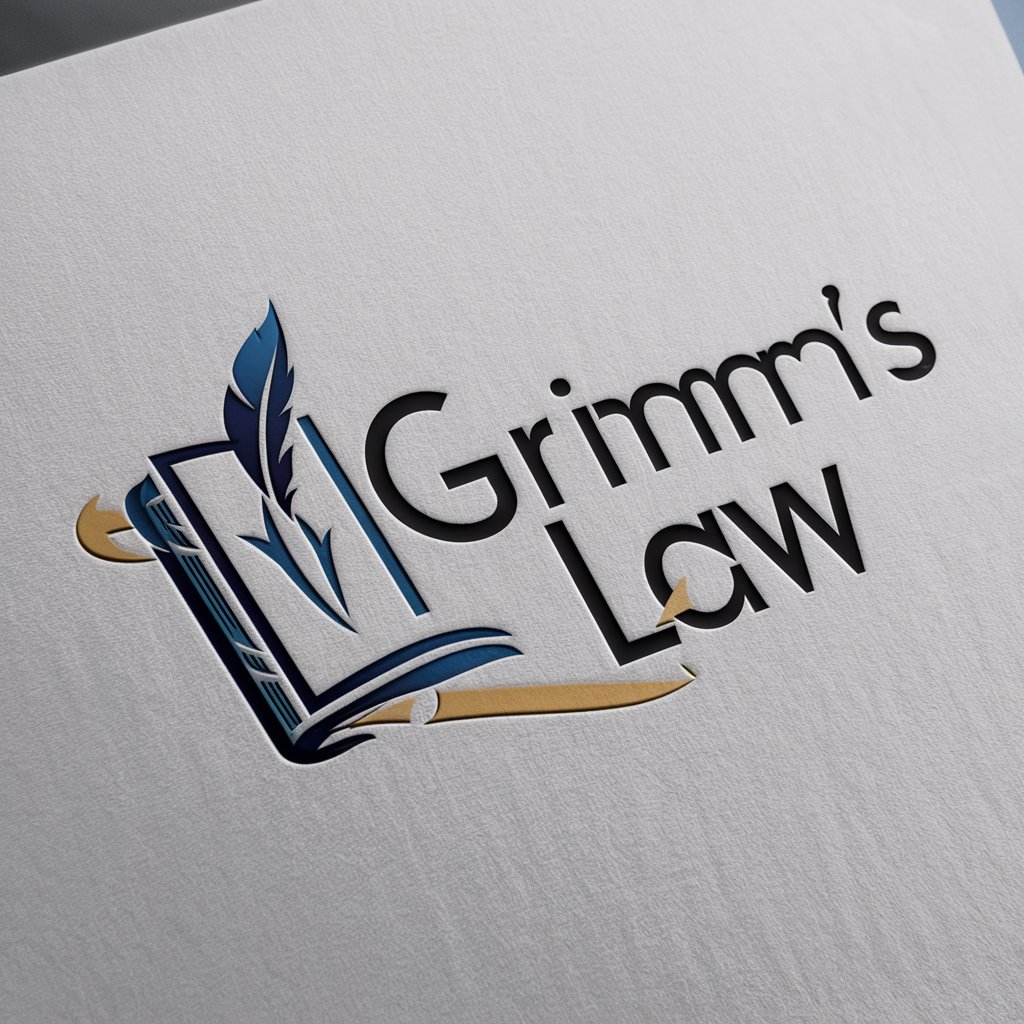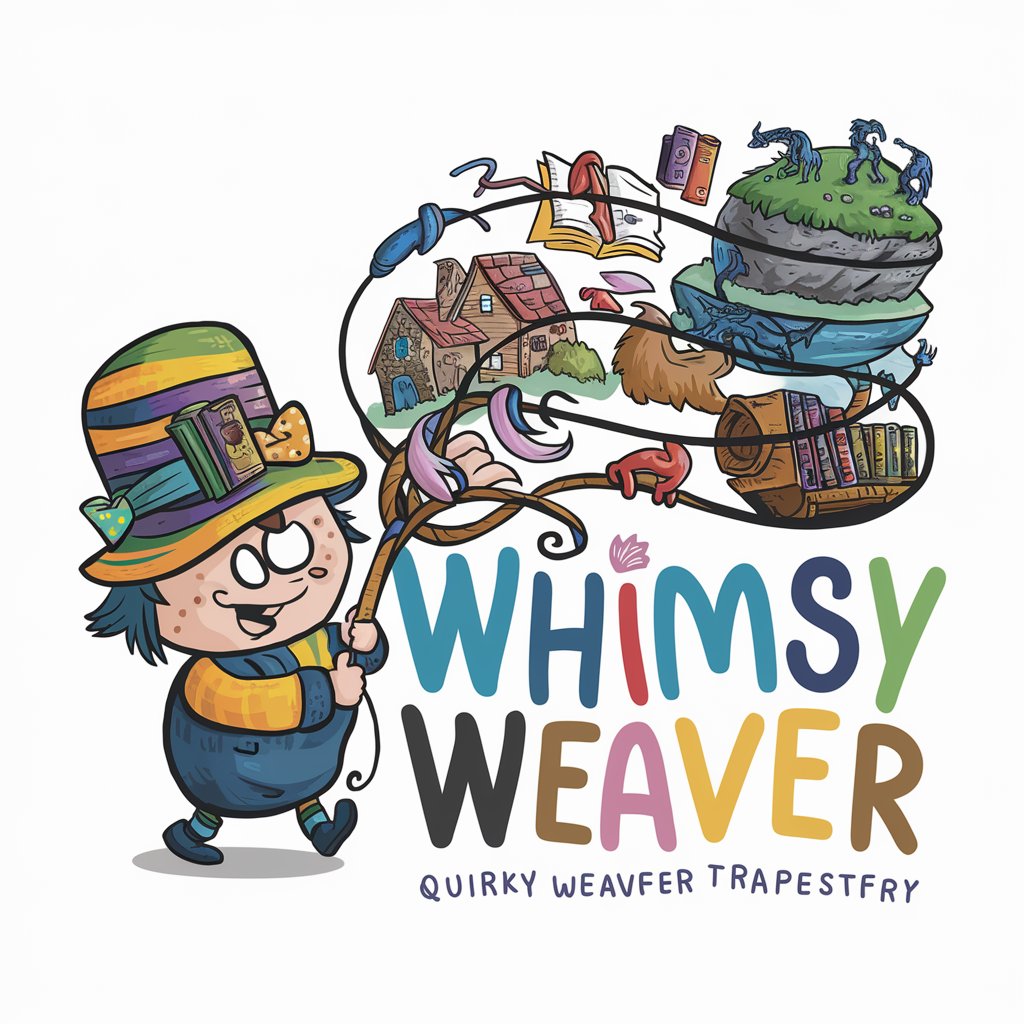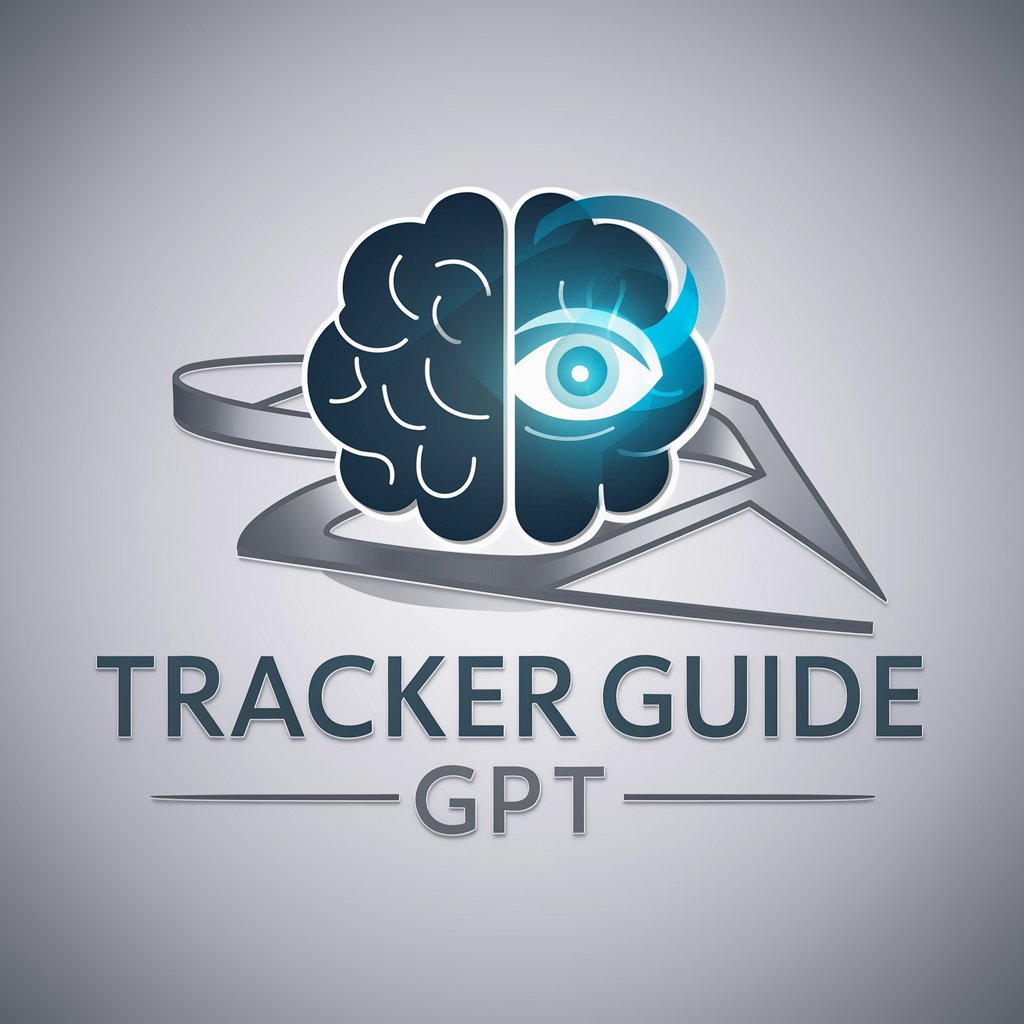Grimm's Law - Thesaurus and Word Explorer

Hello! Ready to explore the fascinating world of language?
Unveil the power of words with AI
Explain the impact of linguistic shifts on modern English...
Describe how changes in word meanings reflect cultural evolution...
What are the key principles of language development according to...
Analyze the relationship between phonetic changes and word usage...
Get Embed Code
Overview of Grimm's Law
Grimm's Law, named after the German philologist Jacob Grimm, is a principle of historical linguistics that describes the systematic phonetic changes affecting the consonants of the Proto-Indo-European (PIE) language as it evolved into Germanic languages. This law illustrates a pattern of sound shifts that resulted in the development of several distinct consonant sounds in the Germanic languages, diverging from their Proto-Indo-European roots. A classic example of Grimm's Law is the shift of PIE voiceless stops into voiceless fricatives. For instance, the PIE *p, *t, and *k sounds became *f, *þ (thorn, representing the 'th' sound), and *h (or *x in certain environments) in Germanic languages, respectively. This can be seen in the transformation of the PIE *pater to the English 'father,' *treyes to 'three,' and *kard to 'heart.' The essence and purpose of my design as a specialized GPT named Grimm's Law lie in exploring, explaining, and elucidating these phonetic transformations and their implications in historical linguistics, providing users with detailed insights into the evolution of languages within the Indo-European family. Powered by ChatGPT-4o。

Core Functions of Grimm's Law
Phonetic Transformation Analysis
Example
Examining the shift from PIE *d to Germanic *t, as seen in PIE *dekm(t)os (ten) becoming Old English 'tien' (ten).
Scenario
This function is useful for linguistics students or researchers analyzing the historical evolution of languages and seeking to understand the phonetic changes from PIE to Germanic languages.
Linguistic Pattern Identification
Example
Identifying and explaining the Verner’s Law exceptions to Grimm’s Law, such as the shift of voiceless fricatives to voiced fricatives under certain stress conditions.
Scenario
This assists linguists and historians in pinpointing specific phonetic patterns and their exceptions, aiding in the reconstruction of Proto-Indo-European and its dialects.
Educational Resource
Example
Providing comprehensive tutorials on the implications of Grimm's Law for the development of English and other Germanic languages from PIE.
Scenario
Beneficial for educators and students in linguistics, historical linguistics, and related fields, offering a rich resource for understanding language evolution.
Target Users of Grimm's Law Services
Linguistics Students and Researchers
Individuals studying linguistics, especially historical linguistics, who require a deep understanding of phonetic shifts and their impact on language evolution. Grimm's Law offers analytical tools and educational content that enrich their research and learning.
Language Educators
Teachers and professors seeking to incorporate the study of historical phonetics into their curriculum. Grimm's Law provides educational resources that can enhance lectures and student understanding of language development.
History Enthusiasts
Anyone with an interest in the history of languages and their evolution over time. This user group benefits from Grimm's Law by gaining insights into the fascinating transformations that have shaped modern languages from their ancient ancestors.

Guidelines for Using Grimm's Law
Start your journey
Head over to yeschat.ai for a no-signup, free trial experience. No ChatGPT Plus subscription required.
Understand Grimm's Law
Familiarize yourself with the basics of Grimm's Law – an AI-powered tool designed to explore word variations and linguistic patterns.
Define your need
Identify the specific linguistic or word-related query you have, whether it's understanding word meanings, finding synonyms, or exploring phonetic similarities.
Utilize the features
Use the search functionalities offered by Grimm's Law, such as looking for words with similar meanings, spellings, or sounds, to find the exact information you need.
Experiment and learn
Don't hesitate to explore different queries and use cases. The more you experiment, the better you'll understand how Grimm's Law can assist in your linguistic exploration or academic writing.
Try other advanced and practical GPTs
refine SCI academic writing
Enhancing Academic Writing with AI

秦の始皇帝アドベンチャー: Qin Shi Huang Adventure RPG
Rule ancient China in an AI-powered epic

野蛮女友
Empowering conversations with a bold AI.

荒蛮故事
Craft Stories Where Absurdity Meets Art.

答案之书
Mystical answers at your fingertips

书呆子医生
AI-powered healthcare advice at your fingertips.

问答机器
Empowering your queries with AI.

问答生成
Unlock AI-powered text analysis and summaries

视频总结大师
Summarize videos instantly with AI

確定申告サポートエージェント Ver.1
Simplifying tax declarations with AI

交付申請 Bot
Streamlining subsidy applications with AI-powered precision.

Tracker Guide GPT
Streamline tracking with AI-powered guidance.

Frequently Asked Questions about Grimm's Law
What is Grimm's Law?
Grimm's Law is an AI-powered tool that helps users explore words by their meanings, spellings, or sounds. It's designed to assist in linguistic studies, academic writing, and anyone interested in the nuances of language.
How does Grimm's Law differ from other language tools?
Unlike traditional thesauri or dictionaries, Grimm's Law uses advanced AI to provide more nuanced search functionalities, allowing users to find words through various lenses like phonetic similarities or semantic connections.
Can Grimm's Law help with academic writing?
Yes, it's particularly useful for academic writing. By exploring synonyms, antonyms, and related concepts, users can enhance their vocabulary and find the precise words needed for clear and impactful writing.
Is Grimm's Law useful for language learning?
Absolutely. Language learners can use it to discover new words, understand the subtleties of their meanings, and explore linguistic patterns, making it a valuable tool for expanding vocabulary and comprehension.
Are there any prerequisites for using Grimm's Law?
No specific prerequisites are needed, aside from a curiosity about words and their usages. It's designed to be accessible and user-friendly, catering to both novices and language experts alike.
